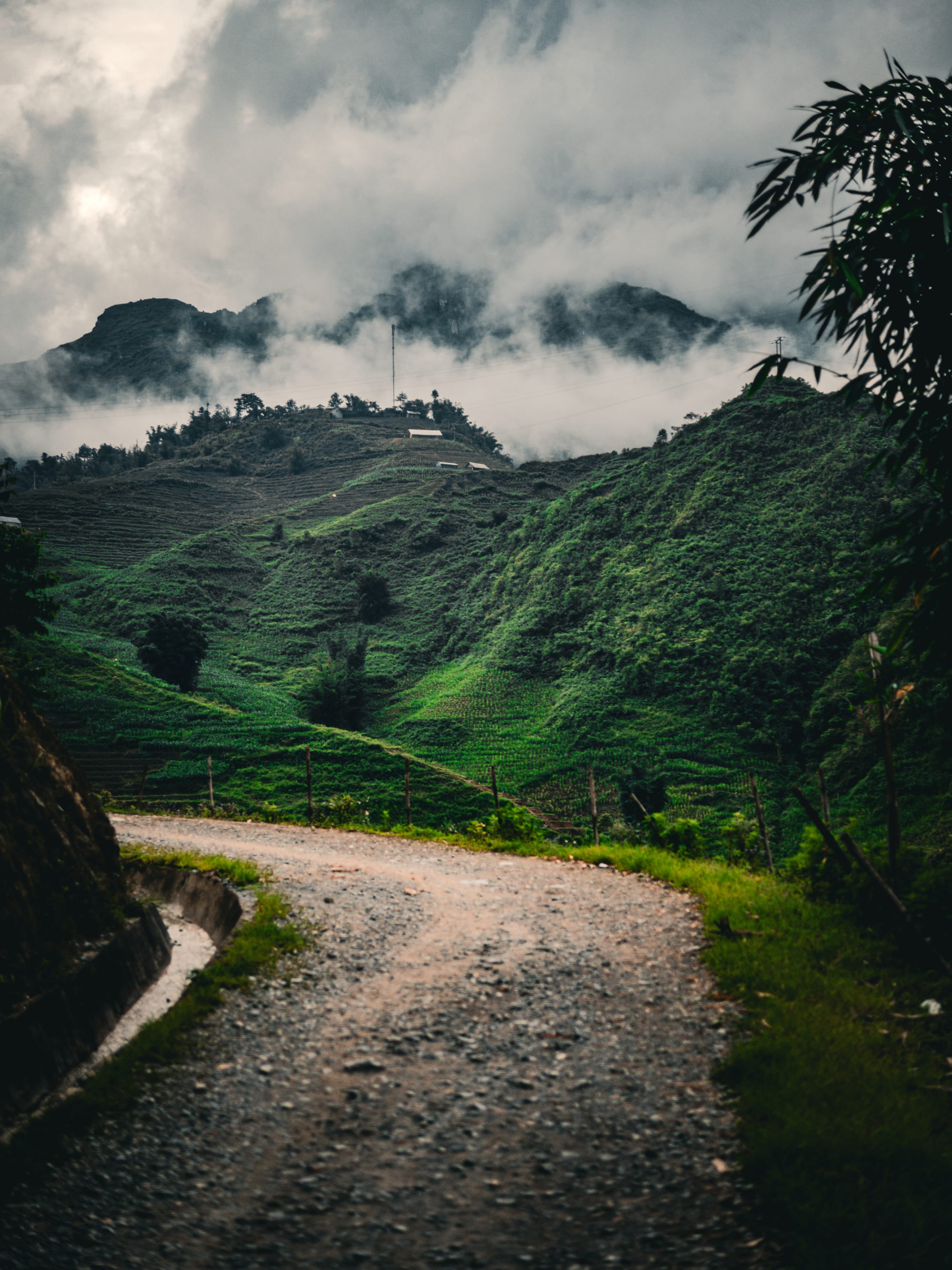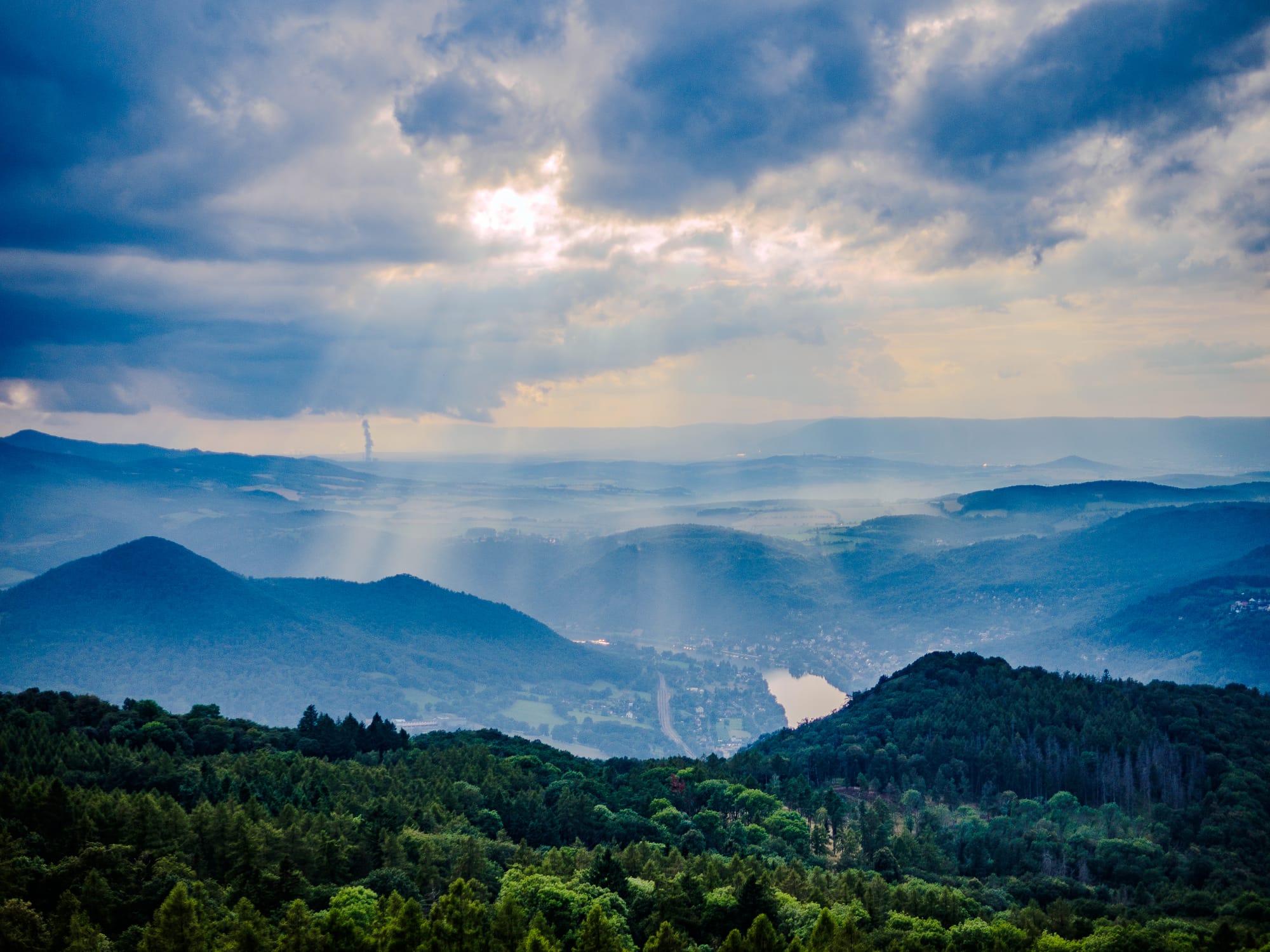Landscape Photography: Capturing the Beauty of the World

Landscape photography offers a unique way to connect with nature and express your creative vision. Whether you’re a beginner or a seasoned photographer, this article will guide you through essential techniques and equipment to elevate your landscape shots.
Why Landscape Photography?
Landscape photography is more than just capturing beautiful scenes; it’s an experience that immerses you in the world around you. It allows you to slow down and truly observe the intricate details of nature, from the way light dances across a mountain range at sunrise to the subtle textures of a forest floor. This genre of photography fosters a deeper connection with the natural world, encouraging you to appreciate its beauty and complexity.
Beyond the connection to nature, landscape photography is a powerful form of creative expression. Each photographer interprets a scene differently, using composition, light, and perspective to tell a unique story. Whether it’s the raw power of crashing waves or the tranquil stillness of a misty morning, your photographs can evoke emotions and transport viewers to where you stand.
There’s also an element of storytelling embedded in landscape photography. A single image can encapsulate the essence of a location, capturing its mood, weather, and atmosphere. From serene deserts to bustling cityscapes, these photos become visual time capsules, preserving moments that might otherwise be lost.
Finally, landscape photography offers a therapeutic escape. The process of finding the perfect location, waiting for the ideal light, and focusing on your composition can be meditative. It’s an opportunity to unplug from the digital noise of daily life and immerse yourself in the stillness of the natural world. Whether hiking to a remote viewpoint or simply enjoying a sunset from a familiar spot, landscape photography is as much about the journey as it is about the result.

Affordable Additional Gear for Landscape Photography
Polarizing Filter: A polarizer helps reduce reflections on water or wet surfaces, enhances the blue of the sky, and makes clouds pop.
Neutral Density (ND) Filter: ND filters reduce the amount of light entering the lens, allowing for longer exposures during the day. This is great for capturing smooth water or softening moving clouds. The Tiffen ND Filter Kit offers a range of ND strengths at a reasonable price.
Graduated ND Filter: A graduated ND filter is useful for balancing exposure between bright skies and darker foregrounds, especially during sunrise or sunset. The Cokin P Series Graduated ND Filter Kit is a budget-friendly option that works well for landscape shots.
Remote Shutter Release: To avoid camera shaking during long exposure shots, a remote shutter release is essential. The Neewer Wireless Remote Shutter Release is an affordable and reliable choice for DLSR cameras.
These affordable accessories will help you take your landscape photography to the next level without the need for expensive gear upgrades.
Tips for Stunning Landscape Photos
Planning your shot is essential in landscape photography. Tools like PhotoPills can help you scout locations, understand light timings, and find the best angles. Visiting a location beforehand allows you to visualize your composition and spot the most interesting features.
Timing plays a big role, shooting during the golden hour, just after sunrise or before sunset, offering soft, warm light that enhances landscapes. Right before sunrise or after sunset, the blue hour provides cool, ethereal tones for a different mood.
Composition is key to creating dynamic images. Use the rule of thirds to place important elements at grid intersections, and incorporate leading lines (like roads or rivers) to guide the viewer’s eye. Adding foreground elements like rocks or reflections creates depth.
For settings, aim for a smaller aperture (f/8 to f/16) to keep everything in focus, and use a low ISO (100-200) to reduce noise. Adjust your shutter speed depending on the scene faster for still moments, and slower for capturing motion like flowing water.
Lastly, patience is crucial. Sometimes the best shots come when you wait for the right light or weather conditions. Be ready to capture the perfect moment, even if it takes time.

Post-Processing Your Landscapes
Editing can enhance your photos and bring out their full potential. Programs like Adobe Lightroom or Capture One allow you to adjust exposure, contrast, and colors, emphasizing your vision.
Adjust Exposure and Contrast: Fine-tune the exposure to ensure balanced light across the image. Increase contrast to make details stand out and add depth to the scene.
Refine Colors: Use the white balance tool to correct tones and adjust vibrance to enhance colors without oversaturation. Fine-tune individual colors using the HSL panel for a more customized look.
Sharpening and Noise Reduction: Apply sharpening to bring out fine details in textures like rocks or leaves, but avoid overdoing it. Use noise reduction to smooth out any grain, especially in the shadows.
Balance Highlights and Shadows: Adjust highlight and shadow sliders to recover details in overexposed or underexposed areas, ensuring the full range of light is visible.
Use Graduated Filters: Apply graduated filters to darken overexposed skies or balance the exposure between the bright sky and darker foreground, ensuring even lighting throughout the image.
Practice Patience
Nature doesn’t always cooperate. Be prepared to wait for the perfect light or weather conditions. The patience you invest will reflect in the quality of your photos.

Final Thoughts
Landscape photography is more than capturing scenes, it's about sharing your experience and perspective. With practice and passion, your photos can inspire others to see the world differently.
What are your favorite landscape photography spots? Share your thoughts in the comments section!
Happy shooting!




